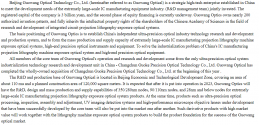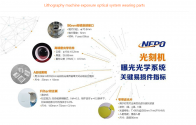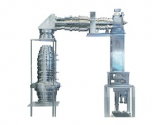@FairAndUnbiased bro Respect is earned not given, we're open for constructive criticism as most of us are amateurs and want to learn especially the opaqueness of gathering info regarding China IC. And here we're fortunate to have actual esteem members who knew what is happening inside and one of them is @Oldschool and let's hear his opinion.We can judge for ourselves, thanks. Let me just remind you that experts know experts, and can always find out who is bullshit and who isn't eventually.
Oldschool
Junior Member
Registered Member12 minutes agoNew
Hi,
I find hvpc statement about disabled SMIC already purchased ASML scanners if it followed US new sanctions is far fetched. It doesnt make sense.
I had a private conversation with him and find no evidences to support it.
First of all, I don't believe there's a technical way to disable scanner remotely. Even if it can be done it's a clear business violation. It's hacker attempt. People already paid for that scanner and it's illegal to hack someone's property. It doesn't make business sense. Companies can sue ASML if it does in China. Chinese government can freeze it's assets and put it out of business.
Businesses are transparent even if it comes to sanctions. If it does follow US new sanction it will tell SMIC upfront it cannot sell them anymore new machines and cannot provide them additional services. For existing already purchased scanners it's all up to SMIC itself to make it work.
Hacking to make SMIC existing paid scanner to nonworking is illegal nor doable.





